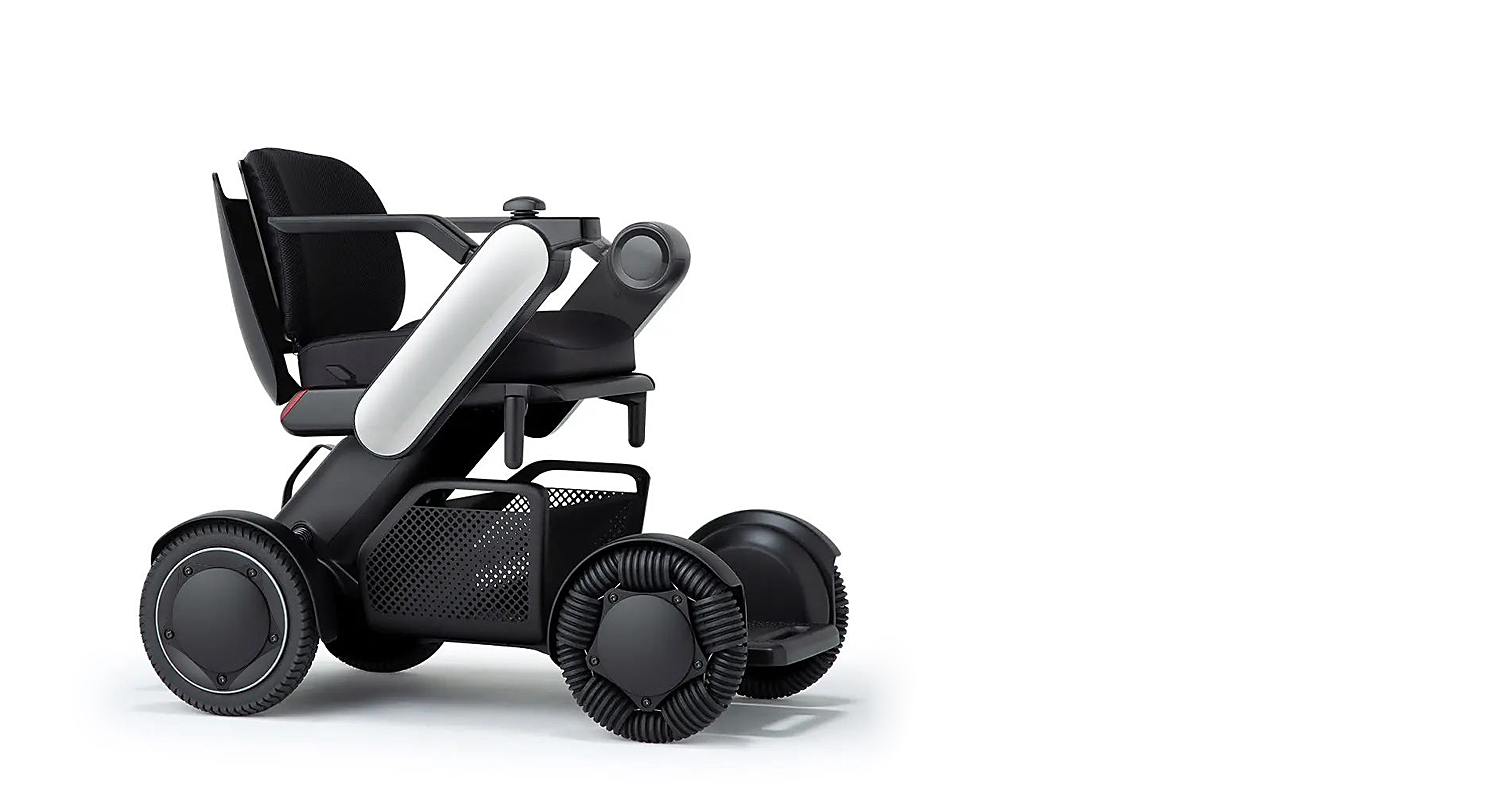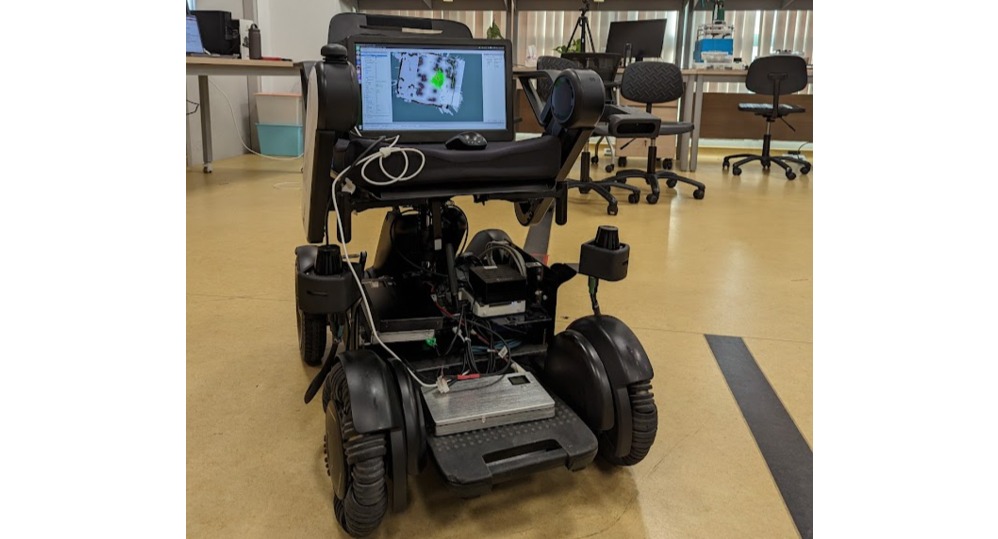Autonomous Wheelchair


KEY INFORMATION
Manufacturing - Assembly, Automation & Robotics
TECHNOLOGY OVERVIEW
Wheelchairs provides individuals with limited mobility the ability to move around independently. Compared to manual wheelchairs, motorized ones offer power-assisted locomotion for greater ease of movement. A local University research team has developed a software pipeline that takes motorized wheelchairs to the next level, providing autonomous navigation capabilities and offering a greater sense of autonomy. With efficient navigation, savings in manpower and time (e.g., caregivers, wheelchair assistance) can also be realized.
The tech owner is seeking partners to collaborate on further development and test-bedding for mobility devices like wheelchairs as well as other autonomous mobile robots (AMR) applications.
TECHNOLOGY FEATURES & SPECIFICATIONS
Demonstrated on a commercially available motorized wheelchair, the system provides autonomous indoor localisation and navigation capabilities. Integrated LiDAR (Light Detection and Ranging) sensors detect obstacles in real time. The sensors observe the surroundings and provide the location of the wheelchair to make decisions on planning the most efficient path to take. The device is also equipped with software algorithms running in real time.
Key features
- Visual place algorithms (VPA) with accuracy that is competitive with state-of the art VPA, but with a greatly reduced usage of active storage memory by extracting only discriminatory features during the image detection and classification process.
- Pipeline for localisation involving closed-loop feedback between an obstacle tracker and a particle filter localisation. Takes in factors such as the user’s desired destination, presence of dynamic obstacles and any pre-defined constraints or limitations.
POTENTIAL APPLICATIONS
Potential applications include assisting those with limited mobility navigate new places like hospitals / shopping malls / airports. In healthcare facilities such as hospitals and clinics, autonomous wheelchairs can be used to assist patients and healthcare providers. The wheelchair can transport patients within the compound, reducing the need for assistance to push the wheelchair. Healthcare staff can now focus on other tasks. In public spaces such as the airport, wheelchair users would have a greater sense of autonomy to explore and navigate through crowded areas without having to struggle with wayfinding.
Unique Value Proposition
This technology offers independent autonomous navigation which differs from conventional approaches based on assisted navigation where wheelchairs move along a certain path following a person in front.
